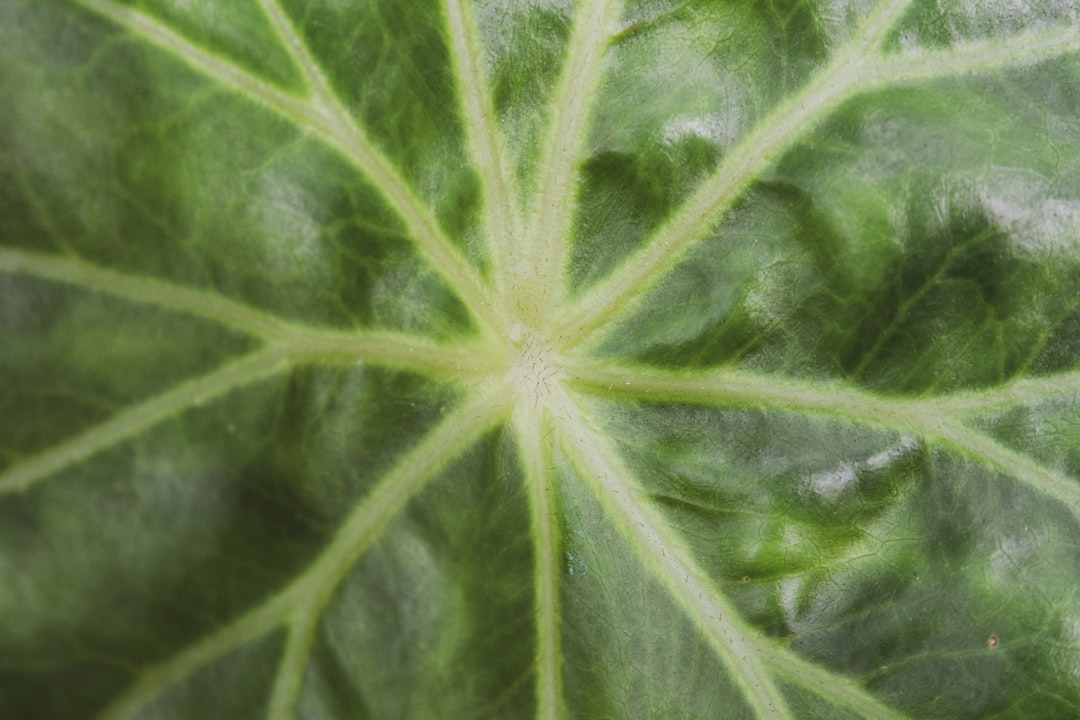Year - Round Strawberry Delights: Indoor Gardening Magic

Edible gardening has always been a rewarding activity, and growing strawberries indoors takes it to a whole new level. With the right techniques, you can extend the growing season and enjoy pest - free strawberries throughout the year. Let's explore some essential tips for successful indoor strawberry cultivation.
First and foremost, selecting the right strawberry variety is crucial. There are several types of strawberries suitable for indoor growing, such as day - neutral and everbearing varieties. Day - neutral strawberries produce fruit regardless of the day length, while everbearing strawberries yield multiple harvests throughout the growing season. These varieties are well - adapted to the controlled environment of indoor gardening and can provide a continuous supply of delicious strawberries.
When it comes to containers, choose ones that are at least 6 - 8 inches deep and have good drainage holes. Strawberries have shallow root systems, but they still need enough space to grow and spread. You can use plastic, ceramic, or fabric pots, depending on your preference. Make sure to clean the containers thoroughly before planting to prevent the spread of diseases.
The soil mix is another important factor. Strawberries prefer well - drained, slightly acidic soil with a pH between 5.5 and 6.5. You can create a suitable soil mix by combining equal parts of peat moss, perlite, and compost. This mixture provides good aeration, moisture retention, and essential nutrients for the plants.
Light is essential for strawberry plants to produce fruit. Indoors, you need to provide them with at least 12 - 16 hours of light per day. You can use fluorescent or LED grow lights to supplement natural light. Place the lights about 6 - 12 inches above the plants and adjust the height as the plants grow. Consistent and adequate light will promote healthy growth and abundant fruit production.
Temperature and humidity also play significant roles in indoor strawberry cultivation. Strawberries thrive in temperatures between 60°F and 75°F during the day and slightly cooler at night. Keep the humidity level around 40% - 60%. You can use a humidifier or dehumidifier to maintain the optimal humidity, depending on your indoor environment. Avoid extreme temperature fluctuations, as they can stress the plants and reduce fruit yield.
Watering is a delicate balance. Strawberries need moist soil, but they don't like to sit in water. Water the plants when the top inch of soil feels dry. Use a watering can or a drip irrigation system to water the soil directly, avoiding getting the leaves wet. Over - watering can lead to root rot and other diseases, while under - watering can cause the plants to wilt and produce less fruit.
Fertilization is necessary to provide the plants with essential nutrients. Use a balanced, water - soluble fertilizer formulated for strawberries. Follow the instructions on the fertilizer package for the correct dosage and frequency. Generally, you should fertilize the plants every 2 - 3 weeks during the growing season. This will ensure that the plants have enough energy to produce healthy foliage and delicious strawberries.
Pest control is easier indoors compared to outdoor gardening, but it's still important to be vigilant. Common pests that can affect indoor strawberries include aphids, spider mites, and whiteflies. You can use natural pest control methods, such as neem oil or insecticidal soap, to keep these pests at bay. Regularly inspect the plants for any signs of pests or diseases and take action immediately if you notice any problems.
Pruning is also an important part of indoor strawberry care. Remove any dead or yellowing leaves, as well as runners. Runners are long, thin stems that grow from the main plant and can take energy away from fruit production. By pruning the plants, you can direct the plant's energy towards growing more strawberries.
In conclusion, growing strawberries indoors is a fun and rewarding way to enjoy fresh, pest - free fruit throughout the year. By following these tips on variety selection, container choice, soil, light, temperature, humidity, watering, fertilization, pest control, and pruning, you can create a thriving indoor strawberry garden. So, roll up your sleeves and start your indoor strawberry growing adventure today!